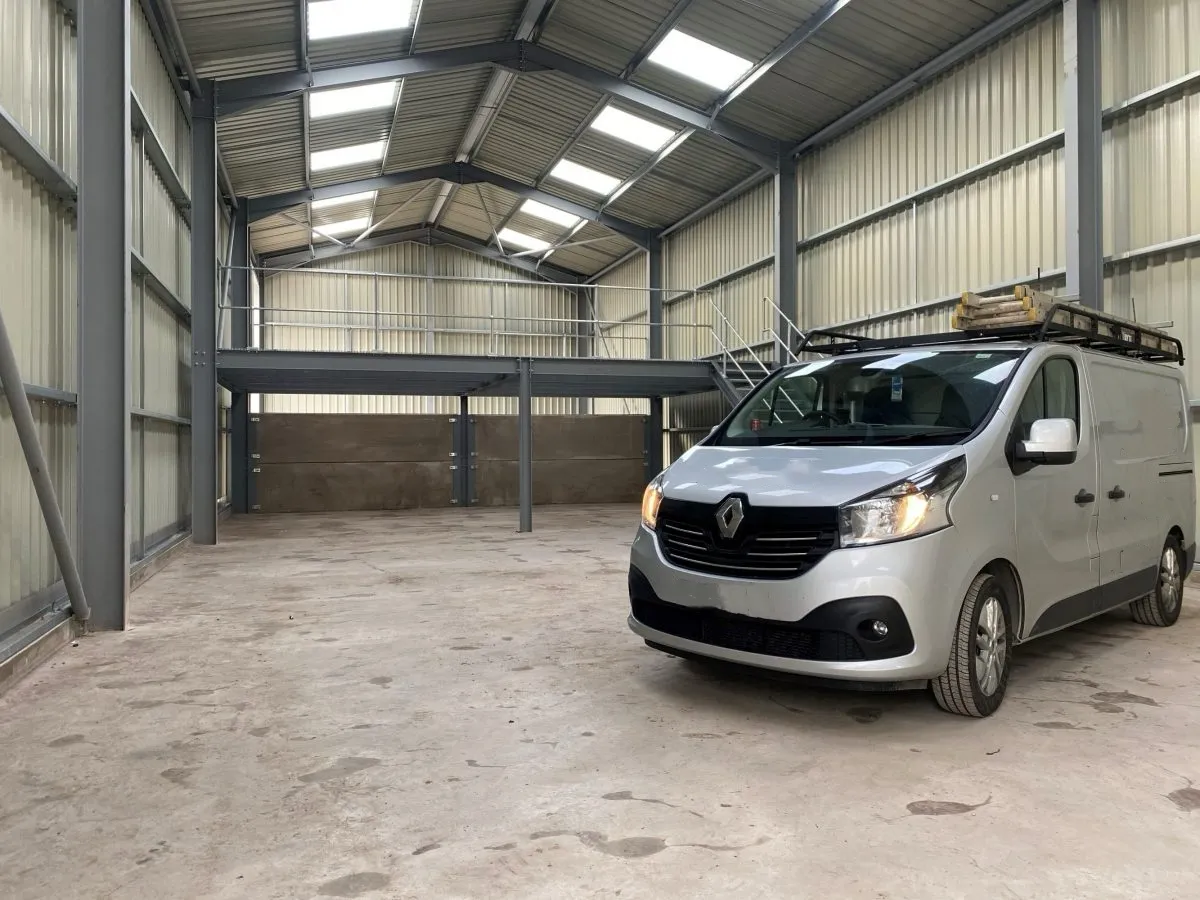- Afrikaans
- Albanian
- Amharic
- Arabic
- Armenian
- Azerbaijani
- Basque
- Belarusian
- Bengali
- Bosnian
- Bulgarian
- Catalan
- Cebuano
- Corsican
- Croatian
- Czech
- Danish
- Dutch
- English
- Esperanto
- Estonian
- Finnish
- French
- Frisian
- Galician
- Georgian
- German
- Greek
- Gujarati
- Haitian Creole
- hausa
- hawaiian
- Hebrew
- Hindi
- Miao
- Hungarian
- Icelandic
- igbo
- Indonesian
- irish
- Italian
- Japanese
- Javanese
- Kannada
- kazakh
- Khmer
- Rwandese
- Korean
- Kurdish
- Kyrgyz
- Lao
- Latin
- Latvian
- Lithuanian
- Luxembourgish
- Macedonian
- Malgashi
- Malay
- Malayalam
- Maltese
- Maori
- Marathi
- Mongolian
- Myanmar
- Nepali
- Norwegian
- Norwegian
- Occitan
- Pashto
- Persian
- Polish
- Portuguese
- Punjabi
- Romanian
- Russian
- Samoan
- Scottish Gaelic
- Serbian
- Sesotho
- Shona
- Sindhi
- Sinhala
- Slovak
- Slovenian
- Somali
- Spanish
- Sundanese
- Swahili
- Swedish
- Tagalog
- Tajik
- Tamil
- Tatar
- Telugu
- Thai
- Turkish
- Turkmen
- Ukrainian
- Urdu
- Uighur
- Uzbek
- Vietnamese
- Welsh
- Bantu
- Yiddish
- Yoruba
- Zulu
Nov . 05, 2024 20:25 Back to list
Steel Truss Design for Warehouses
The design of steel trusses plays a critical role in the construction of modern warehouses. As these structures are typically large and open, an effective truss system provides the necessary support while maximizing usable space. Understanding the principles and advantages of steel truss design is vital for architects, engineers, and builders alike.
Importance of Truss Systems in Warehouses
Trusses are triangular frameworks that distribute loads evenly across their members, allowing for the creation of wide span roofs without the need for internal supports. This feature is particularly important in warehouse design, where maximizing floor space is crucial for storage, logistics, and operations. The clear span created by trusses allows for flexible interior layouts, facilitating the efficient movement of goods and equipment.
Moreover, the load-bearing capabilities of trusses help address various operational demands, including heavy machinery, racking systems, and HVAC installations. This structural efficiency contributes to the overall functionality of the warehouse, allowing for the optimization of inventory storage and workflow processes.
Advantages of Steel as a Material
Steel is favored in truss construction due to its high strength-to-weight ratio, durability, and resistance to environmental factors. Unlike traditional materials such as wood, steel does not warp or shrink, which enhances the longevity of the structure and reduces maintenance costs. Additionally, steel's resistance to fire and pests makes it a safer option for warehouses.
Another significant advantage of steel trusses is their ability to be pre-fabricated in a controlled environment. This pre-fabrication process ensures precision in manufacturing, allows for quicker assembly on-site, and reduces construction time. Faster construction timelines can lead to lower costs and the ability to meet market demands rapidly.
Design Considerations
When designing steel trusses for a warehouse, several key factors must be considered
steel truss design for warehouse

1. Span Length The span of a truss dictates its design and the materials required. Longer spans generally require larger truss members or different configurations, such as the use of bowstring or cantilevered trusses.
2. Load Types Engineers must assess various load types, including dead loads (the weight of the structure itself), live loads (the weight of stored materials and equipment), and environmental loads (such as wind, snow, or seismic activity). Understanding these loads ensures that the truss system is adequately designed and reinforced.
3. Connection Details The way in which truss members are connected can greatly affect performance. Bolted connections are often favored for their ease of assembly and adjustments, while welded connections provide a more rigid bonding but can be more complicated and time-consuming to create.
4. Material Grade Selecting the appropriate grade of steel is crucial. Higher grade steels can withstand greater forces, but they may also increase overall costs. A detailed analysis of the specific warehouse application can help determine the most economical choice without sacrificing safety.
5. Architectural Aesthetics While functionality is paramount, the visual appeal of the truss system should not be overlooked. A well-designed truss can enhance the architectural style of the warehouse, reflecting modern design trends while fulfilling structural requirements.
Sustainability Considerations
In today's construction landscape, sustainability is increasingly important. Steel is a highly recyclable material, which significantly reduces its environmental footprint. Opting for steel trusses can contribute to achieving green building certifications and improving overall energy efficiency. Integrating energy-efficient features, such as natural lighting and insulation within the truss design, can further enhance sustainability.
Conclusion
The design of steel trusses for warehouses is a complex yet rewarding endeavor that combines engineering principles with practical applications. The flexibility, strength, and efficiency of steel trusses allow warehouses to adapt to the evolving needs of businesses while ensuring safety and reliability. As industries continue to demand larger and more versatile spaces, the importance of innovative truss design will remain a fundamental aspect of modern construction practice. By leveraging advanced engineering techniques and sustainable materials, the future of warehouse design holds great potential for efficiency and adaptability.
-
How Do Prefabricated Steel Structures Transform Modern Construction?
NewsJul.14,2025
-
How Do Prefabricated Metal Buildings Redefine Modern Construction?
NewsJul.14,2025
-
How Do Prefab Insulated Metal Buildings and Steel Structures Revolutionize Modern Construction?
NewsJul.14,2025
-
How Do Pre - Engineered Steel Structures Redefine Modern Construction?
NewsJul.14,2025
-
Advancing Modular Construction with Prefabricated Metal Structures
NewsJul.14,2025
-
Advancing Industrial Infrastructure with Prefabricated Steel Solutions
NewsJul.14,2025
Products categories
Our Latest News
We have a professional design team and an excellent production and construction team.












